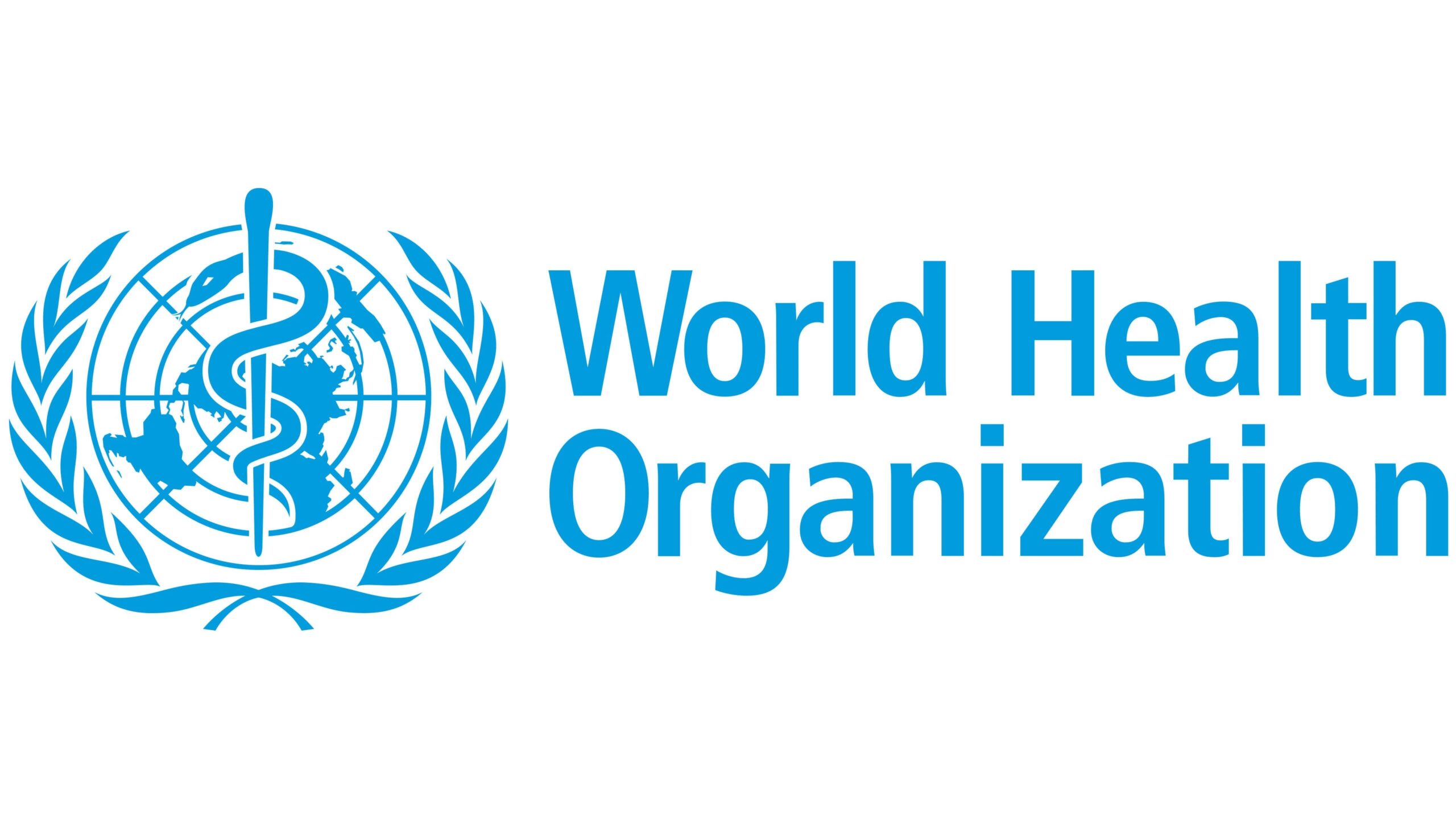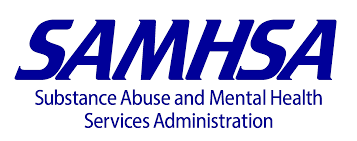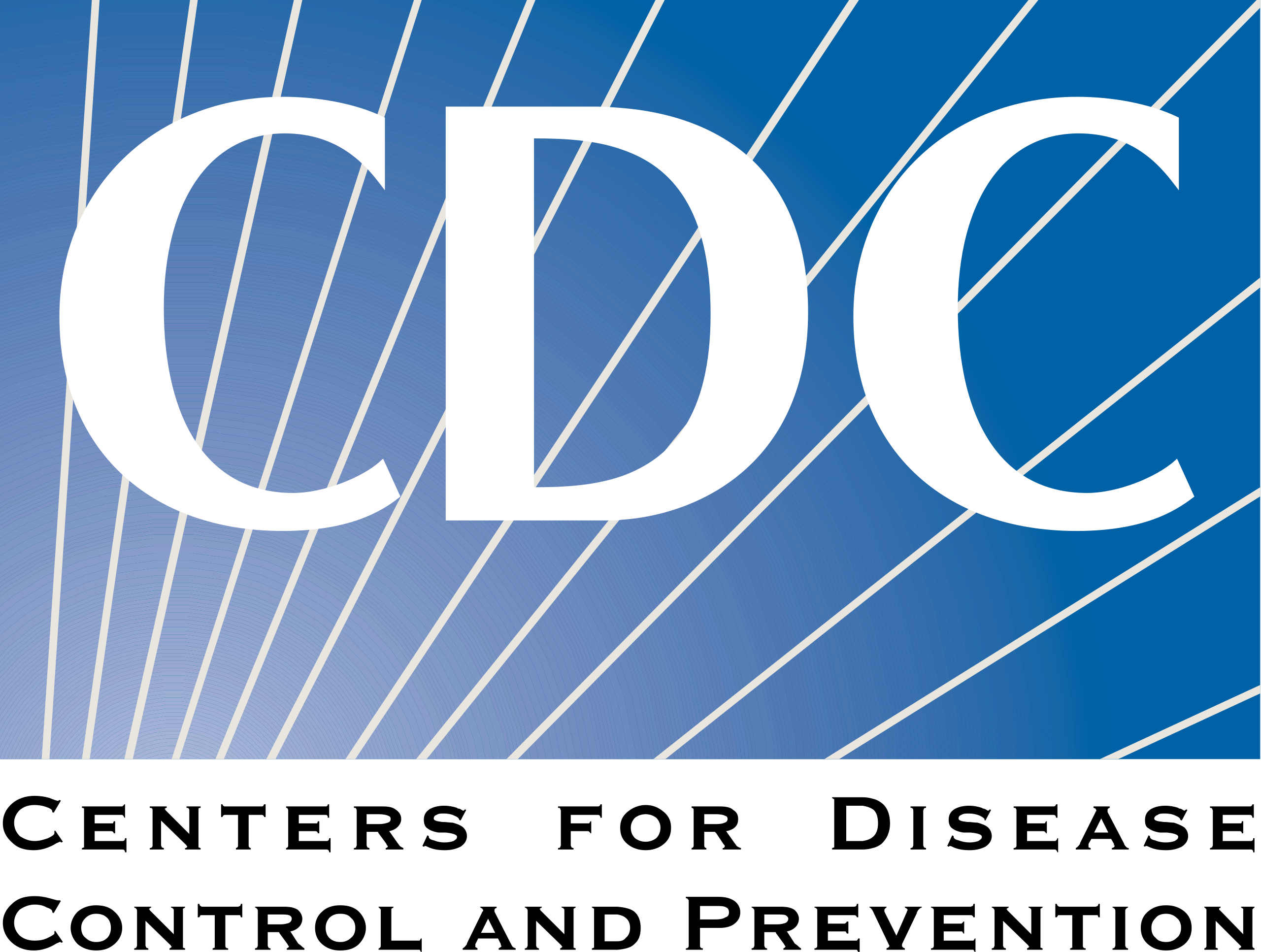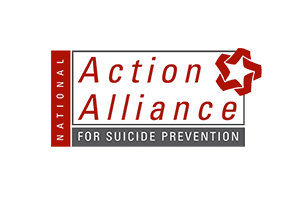Empowering Youth, Campuses & Communities to Prevent Suicide & Violence
with The Columbia Protocol (C-SSRS)
A Vital Component of School Safety & Community Protection
Youth Ambassadors and the Role of the Columbia Suicide Risk Screening Tool
There are concrete and hopeful ways that a school and its students can improve their approach to discussing suicide and mental illness.
Suicide prevention for youth ambassadors involves addressing a range of high-level topics to effectively engage with and support young people who may be struggling with suicidal thoughts or mental health challenges. The underlining message is that learning how to ask others about their thoughts, feelings and actions in a simple way, helps us understand each other, provide support and is essential to preventing tragedies.
- Understanding Mental Health: Educating youth ambassadors about mental health disorders, their prevalence, signs, and symptoms is crucial. This includes depression, anxiety, bipolar disorder, and other conditions that can contribute to suicidal thoughts and risk of suicidal behavior.
- Risk Factors and Warning Signs: Teaching ambassadors to recognize the risk factors and warning signs of suicide in their peers, such as withdrawal from activities, changes in mood or behavior, talking about feeling hopeless or trapped, giving away possessions, and sudden improvement after a period of depression.
- Stigma Reduction: Addressing stigma surrounding mental illness and suicide is essential. Youth ambassadors can learn strategies to challenge myths, stereotypes, promote empathy, and create supportive environments where individuals feel safe to seek help.
- Effective Communication: Training ambassadors in active listening, empathetic communication, and appropriate responses to someone in crisis can empower them to offer meaningful support to their peers and connect them with appropriate resources.
- Building Resilience: Providing education and resources on coping mechanisms, stress management techniques, and building resilience can help youth develop healthy ways to navigate challenges and setbacks.
- Promoting Help-Seeking Behavior: Encouraging ambassadors to promote help-seeking behavior among their peers by providing information about available resources, including hotlines, counseling services, and support groups.
- Crisis Intervention: Equipping ambassadors with knowledge about how to respond effectively in crisis situations, including de-escalation techniques, safety planning, and knowing when and how to involve trusted adults or emergency services.
- Peer Support Networks: Facilitating the development of peer support networks where young people can share experiences, offer encouragement, and provide mutual support can be a valuable component of suicide prevention efforts.
- Cultural Sensitivity: Recognizing and addressing cultural factors that may influence attitudes towards mental health and help-seeking behavior is important for ensuring that suicide prevention efforts are inclusive and effective across diverse communities.
- Self-Care: Emphasizing the importance of self-care and boundary-setting for youth ambassadors is essential to prevent burnout and ensure their own well-being as they engage in emotionally demanding work.
By addressing these high-level topics, youth ambassadors can play a significant role in suicide prevention efforts within their communities, schools, and peer groups. The “Columbia Protocol” or the Columbia Suicide Severity Rating Scale (C-SSRS) is an indispensable tool in helping the youth ambassadors in addressing these topics.

Myth
“Asking a depressed person about suicide may put the idea in their heads”
Facts
-
Asking does not suggest suicide, or make it more likely.
-
Open discussion is more likely to be experienced as relief
than intrusion.
-
Depressed students who get screened are less distressed
and suicidal than high-risk students who are not screened
(Gould et al, 2005).
Myth
“There’s no point in asking about suicidal thoughts… if someone is going to do it, they won’t tell you”
Facts
-
Many people will be honest when asked, even if they
would never bring it up themselves. -
Many give hints to friends or family, even if they don’t tell
a counselor or clinician. -
Ambivalence, contradictory statements and behavior are
common.
Myth
“Someone that makes suicidal threats won’t really do it, they’re just looking for attention”
Facts
-
Many people will be honest when asked, even if they
would never bring it up themselves. -
Many give hints to friends or family, even if they don’t tell
a counselor or clinician. -
Ambivalence, contradictory statements and behavior are
common.
“Asking a depressed person about suicide may put the idea in their heads”
-
Asking does not suggest suicide, or make it more likely.
-
Open discussion is more likely to be experienced as relief
than intrusion.
-
Depressed students who get screened are less distressed
and suicidal than high-risk students who are not screened
(Gould et al, 2005).
“There’s no point in asking about suicidal thoughts… if someone is going to do it, they won’t tell you”
-
Many people will be honest when asked, even if they
would never bring it up themselves. -
Many give hints to friends or family, even if they don’t tell
a counselor or clinician. -
Ambivalence, contradictory statements and behavior are
common.
“Someone that makes suicidal threats won’t really do it, they’re just looking for attention”
-
Many people will be honest when asked, even if they
would never bring it up themselves. -
Many give hints to friends or family, even if they don’t tell
a counselor or clinician. -
Ambivalence, contradictory statements and behavior are
common.
By addressing these myths and promoting accurate information, youth ambassadors can help create a more supportive and understanding environment around suicide prevention, reducing stigma and encouraging help-seeking behavior.
Suicide & Youth in the U.S.
-
Approximately 17% of high school students (2015) and 13% of college students (2018) reported seriously considering suicide within the prior year (CDC)
-
Each year, 8% of high school students (2015) and 2% of college students (2018) make one or more suicide attempts (CDC)
-
An estimated 51,518 adolescents are hospitalized each year for self‐inflicted injuries, resulting in total annual costs of approximately $477,580,000 (CDC 2010)
-
Fewer than 20% of students who die by suicide received any campus-based mental health services
Suicide survivor Kevin Hines, who jumped from the Golden Gate Bridge at age 19
“MOST PEOPLE CONSIDERING SUICIDE WANT SOMEONE TO SAVE THEM. WHAT WE NEED IS A CULTURE IN WHICH NO ONE IS AFRAID TO ASK. WHAT WE NEEDED WERE THE QUESTIONS PEOPLE COULD USE TO HELP SAVE US. THAT’S WHY THE PIONEERING CHANGE THE C-SSRS IS ENABLING IS SO ESSENTIAL TO HUMANITY.”

Saoirse Kennedy Hill died by suicide at age 22 after struggling with depression since middle school.
“Many people are suffering, but because many people feel uncomfortable talking about it, no one is aware of the sufferers. This leaves people feeling even more alone…We are all either struggling or know someone who is battling an illness; let’s come together to make our community more inclusive and comfortable.”
Suicide is the #1 cause of death among adolescent girls globally.
(WHO)
Suicide is the #2 cause of death among U.S. 10-24 year olds.
(CDC, 2016)
The Columbia Protocol is unique
in that it is a short, simple and specific set of questions that anyone can ask to find out if someone is at risk. This can be particularly helpful for youth ambassadors who may be unsure of how to broach the topic or respond to peers who are experiencing distress. It also offers guidelines for determining levels of risk [connect to ACE card]. So, by using the Columbia, youth ambassadors can identify risk early, enabling timely intervention and support. This proactive approach of “just asking” with the right questions can help prevent suicide attempts and save lives. Through discussions about the Columbia and its importance in suicide prevention, youth ambassadors can help reduce stigma surrounding mental health and encourage their peers to seek help when needed.
Overall, the Columbia Protocol serves as an invaluable tool for youth ambassadors in their efforts to prevent suicide among their peers. By incorporating this assessment tool into their training and outreach activities, youth ambassadors can contribute to creating safer and more supportive environments for young people.
“We all have the potential to use the C-SSRS to save a life.”
– Keita Franklin, Director U.S. Department of Defense Suicide Prevention Office
The C-SSRS has been endorsed, recommended, or adopted by:









